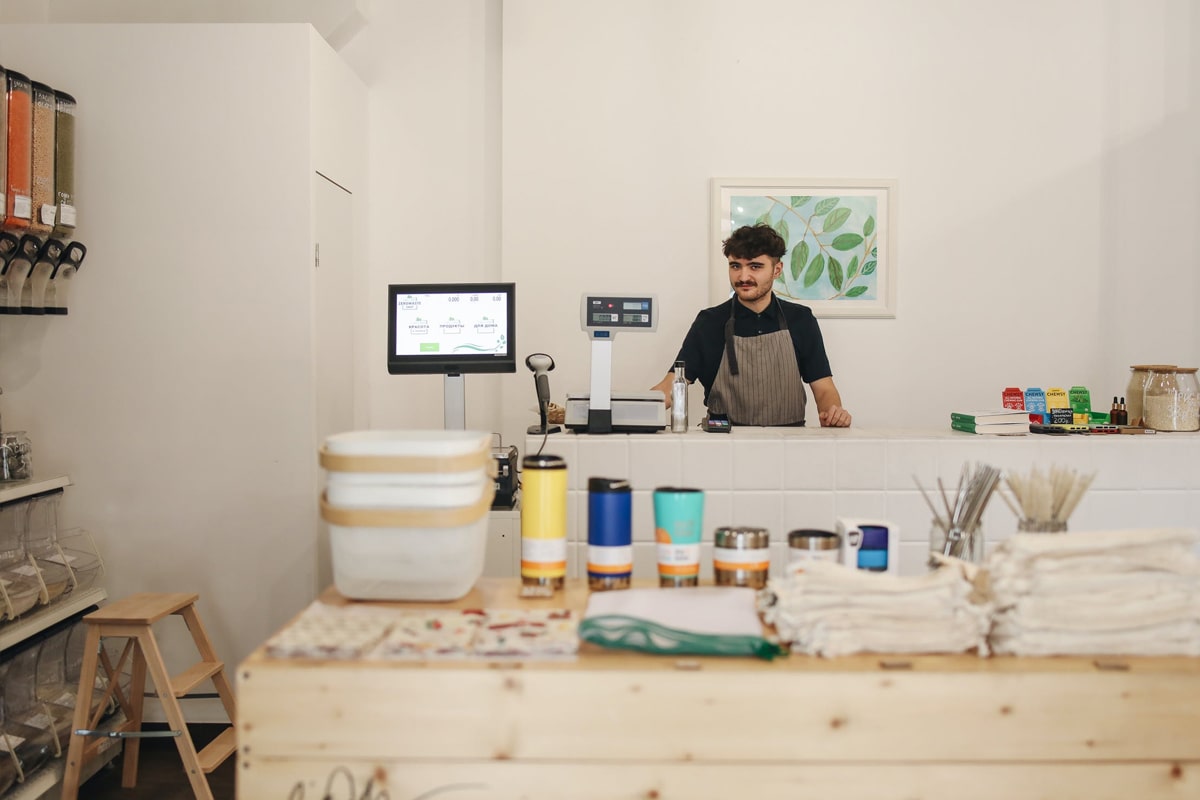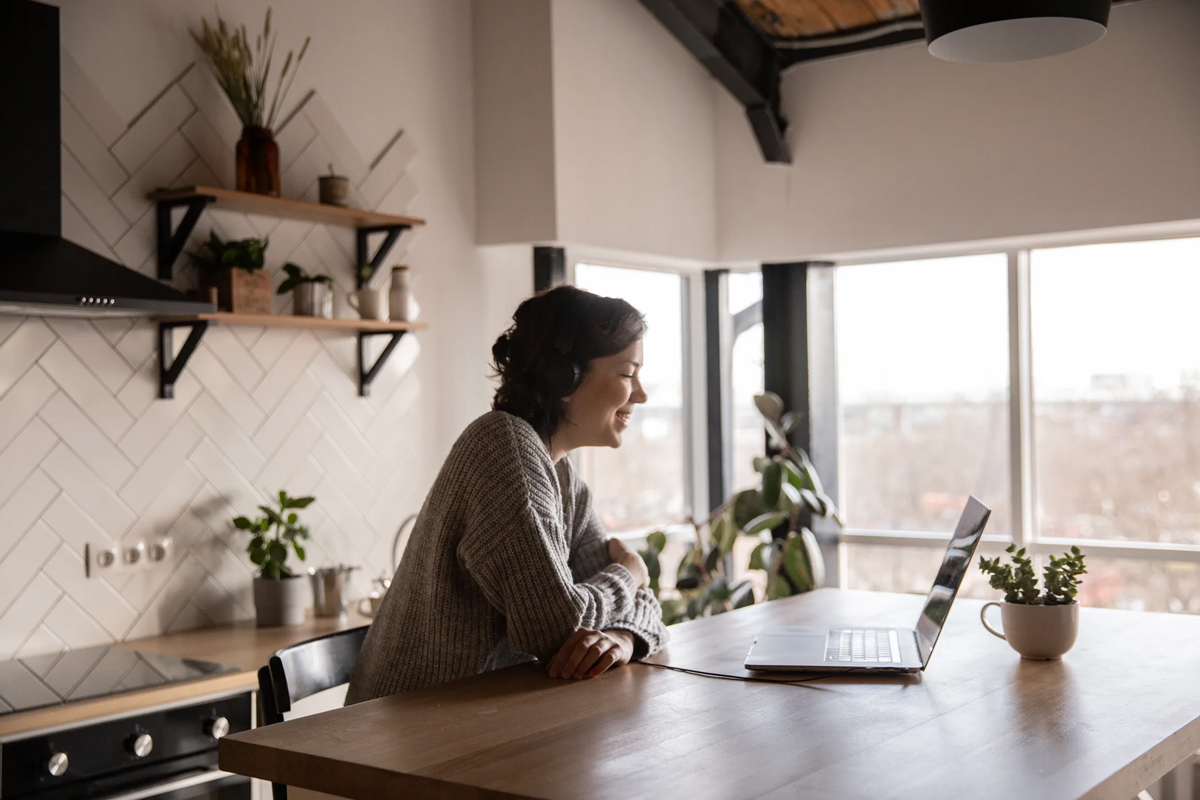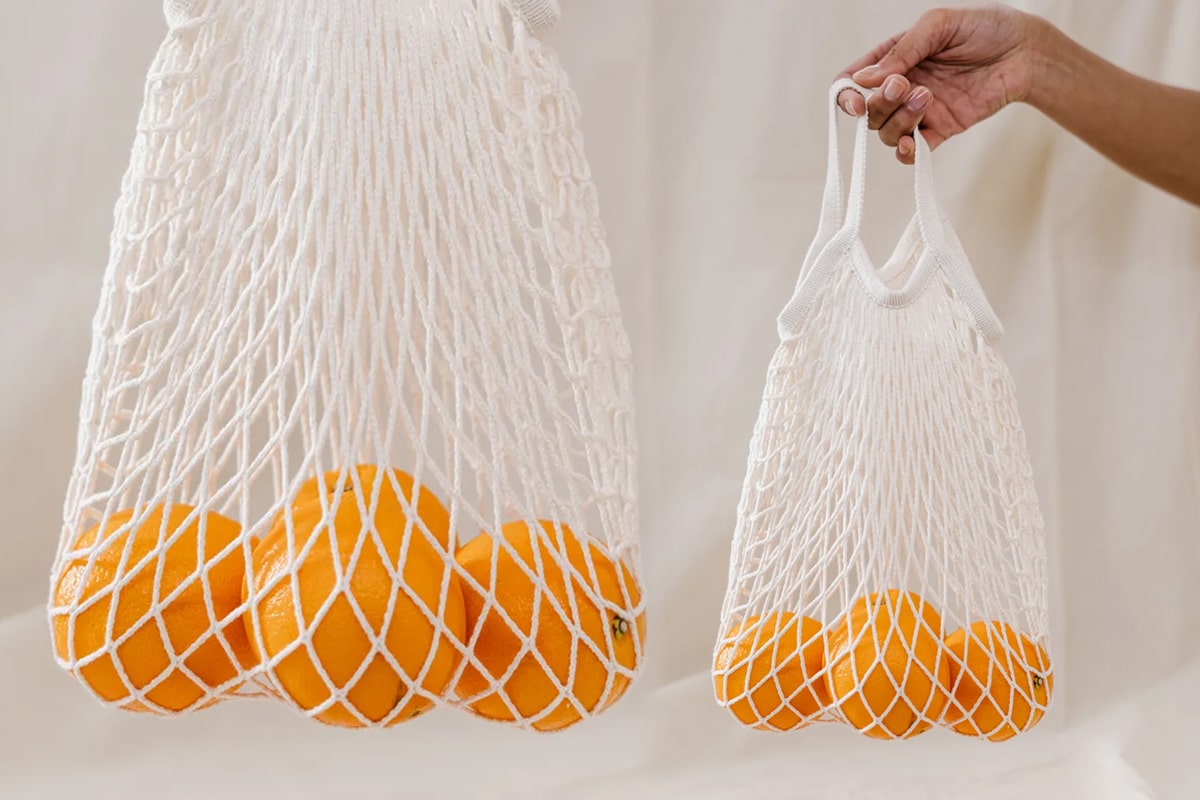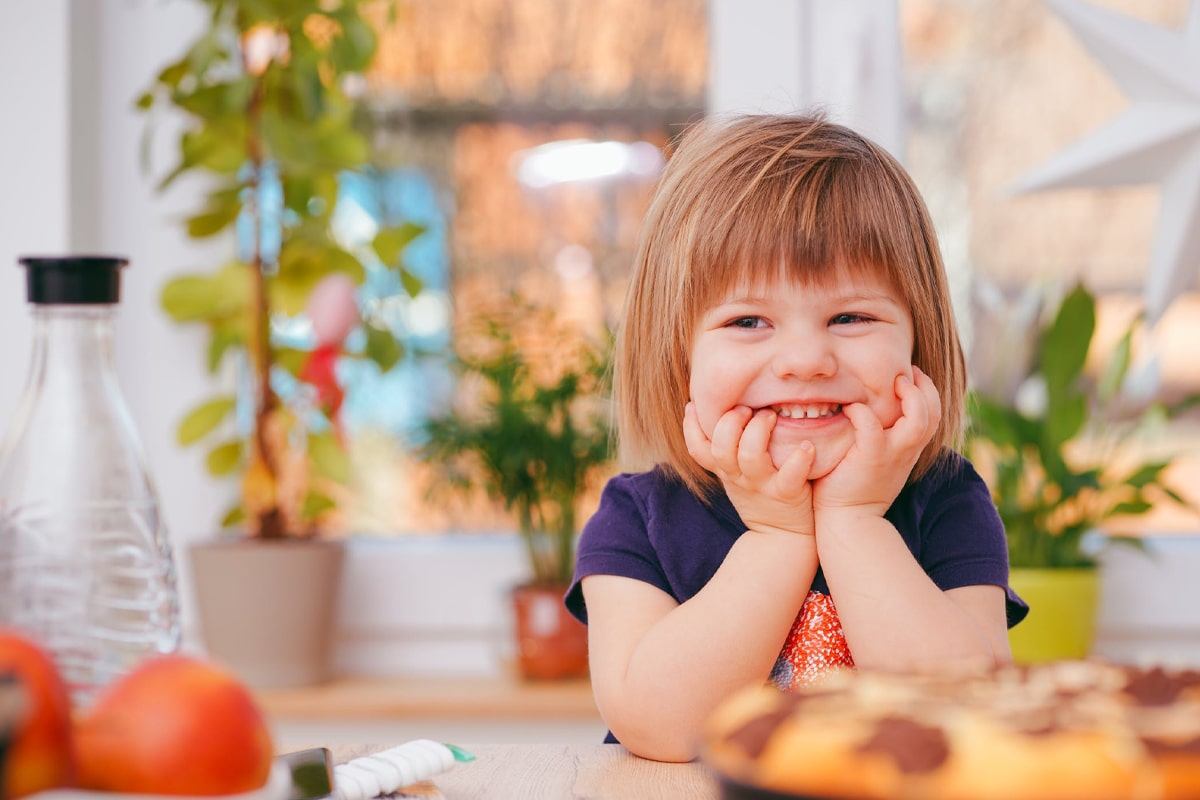- Select Plants That Fit Your Lifestyle & Space
- Design Tips for Indoor Plant Displays
- Relaxing In A Plant-Filled Bedroom
- Chilling In A Living Room Filled With Plants
- Incorporate Your Personal Care Routine into a Botanical Bathroom
- Boost Productivity During Work with an Organic Office
- Prepare Fresh Food in the Kitchen Using Plants
- Make the Most of the Space Filled with Houseplants
- What to Do If Your Home Is Overgrown with Plants
What’s the term for a house filled with plants?
A magnificent home! With all due respect to bad botanical jokes, we wholeheartedly endorse furnishing your home with an abundance of plants. In addition to being fashionable, ecologically friendly design offers many other health and wellness advantages, of which real plants are a major part.
Because plants create oxygen and help with botanical remediation of indoor pollutants, bringing plants to your house is actually one of the best ways to lower emotional and physical strain and enhance indoor air quality.
For those who are curious how to use plants to decorate a house, we’re here to help you create your own sustainable place and learn the fundamentals of incorporating plants to liven up every area in your home with a few simple indoor plant hacks!
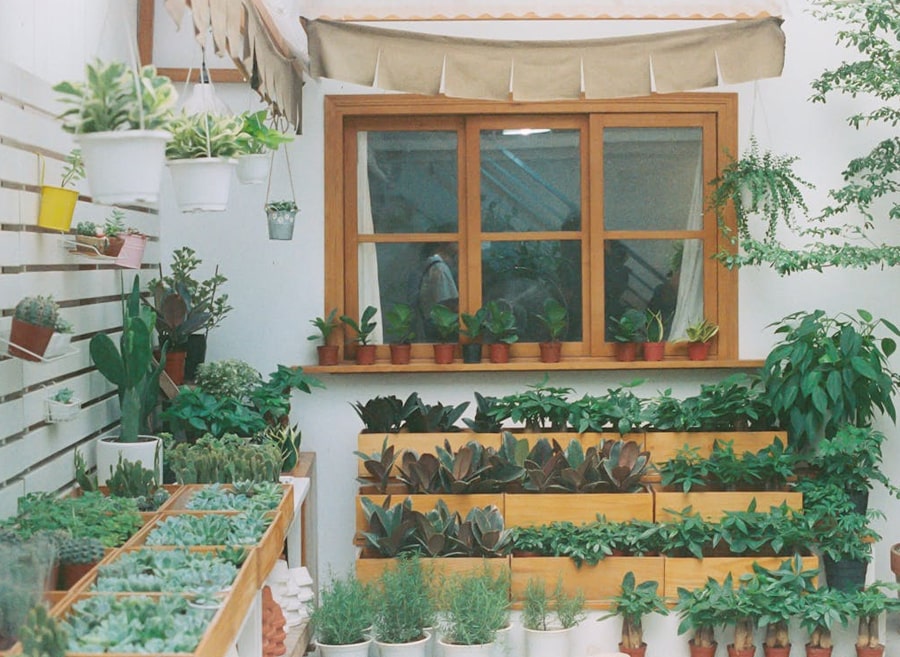
Styling Your Home with Plants
1. Select Plants That Fit Your Lifestyle & Space
It’s crucial to do some study to figure out what kind of plants you should be shopping for before you actually start buying greenery for your home full of indoor plants. Having an abundance of plants in your home is pointless if they wither away after a few months.
Think about the lighting in your home. For plants that enjoy the sun, skylights, south-facing windows, and sunrooms offer the best possible illumination.
If you don’t have enough natural light in your space, you can relax knowing that not all plants require a lot of light. Choose low-light plants such as hanging Ivy in many types, compact Trailing Jade for shelves, or tabletop Snake Plant. You can also enhance your lighting needs with artificial grow lights, especially during the short winter days.
Humidity and temperature are two more crucial variables. Your tiny garden paradise may succeed or fail depending on how you arrange the plants in your collection and provide the best environment for them.
Take into account how much time you have available for plant maintenance as well. If you routinely find yourself spending days away from home (or if you just discover that you forget to water your plants on a regular basis—no judgement!), Select low-maintenance plants, such as cactus and succulents, which do best when watered every few weeks.
A house with plenty of plants has to have an Aloe vera, but a cascading lipstick plant is a fun and low-maintenance option.
2. Design Advice for Indoor Plant Displays
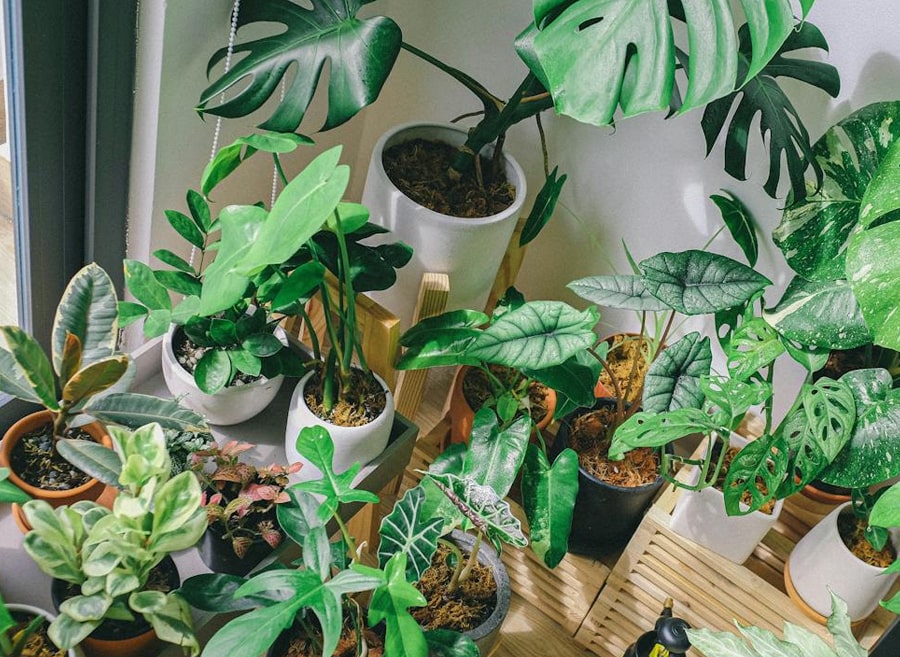
After selecting your plants, take into account these style advice and indoor plant hacks that will come in handy for whatever indoor plant room you decide to tackle.
Putting Indoor Plants in Groups
It is advised to arrange indoor plants in odd numbers—three being the ideal—when styling a home.
Smaller homes and apartments are perfect for trailing and hanging plants that cascade downward, as they add visual interest and require less shelf space. In order to avoid uniform heights, plant stands can assist produce a range of sizes.
Pinterest is an excellent visual resource for ideas on how to arrange indoor plants in specific groupings.
Just remember to take into account the lighting requirements as well and only combine plants that have similar requirements.
Huge Living Spaces With Huge Indoor Plants
Large house plants are a great accent to any area with plants, provided you have the necessary floor space.
They not only effortlessly decorate any space, but they can also physically divide a home’s spaces and create privacy screens between them, which is particularly helpful in smaller homes.
The Ficus Tree, Windmill Palm, Fiddle Leaf Fig, and Cast Iron Plant are a few of these statement items.
These enormous plants can even be decorated with eco-friendly Christmas ornaments to make an enduring eco-friendly Christmas tree over the festive season.
Observe The Pots
When selecting eco-friendly planters and pots for indoor plants, it’s critical to take your home’s general design and furniture into account.
While vividly coloured baskets made of natural materials can offer a flash of colour, simple terracotta and ceramic pots can produce a minimalist impression.
Use your empty containers (such as vases, upcycled jars, or even a teapot) that you were already using for décor first.
Recycled plant containers not only provide a special touch, but they also cut down on waste.
3. Dozing Off in a Plant-Filled Room
One location should be given priority over all others if you have restrictions on where you may put houseplants in your living area due to factors like sunlight, temperature, or limited space: the bedroom.
Plants in the bedroom can provide a tranquil and relaxing atmosphere that encourages sound sleep.
Additionally, plants increase oxygen in the air, which makes it ideal for restful sleep. They also function as natural air cleansers.
All plants have some ability to purify the air, although some are more effective than others. These include spider plants, Areca palms, peace lilies, and the Chinese money plant.
4. Relaxing In A Living Room Filled With Plants
What do you name a space that is filled with plants?
The living room is the next indoor plant area you should focus on because it’s one that we wish to live in.
A living area with lots of plants can have a calming, comfortable vibe. Consider arranging potted plants amid your collection of sustainability literature rather than utilizing bookshelves to hold simply books. Plants can also be found the ideal home on a sustainable coffee table, mantel, side tables, cupboards, shelves, and window ledges.
An aesthetically beautiful plant display can be achieved by employing trailing and hanging plants, grouping plants in odd numbers, and selecting containers that complement the overall design.
5. Incorporate a Botanical Bathroom Into Your Personal Care Routine
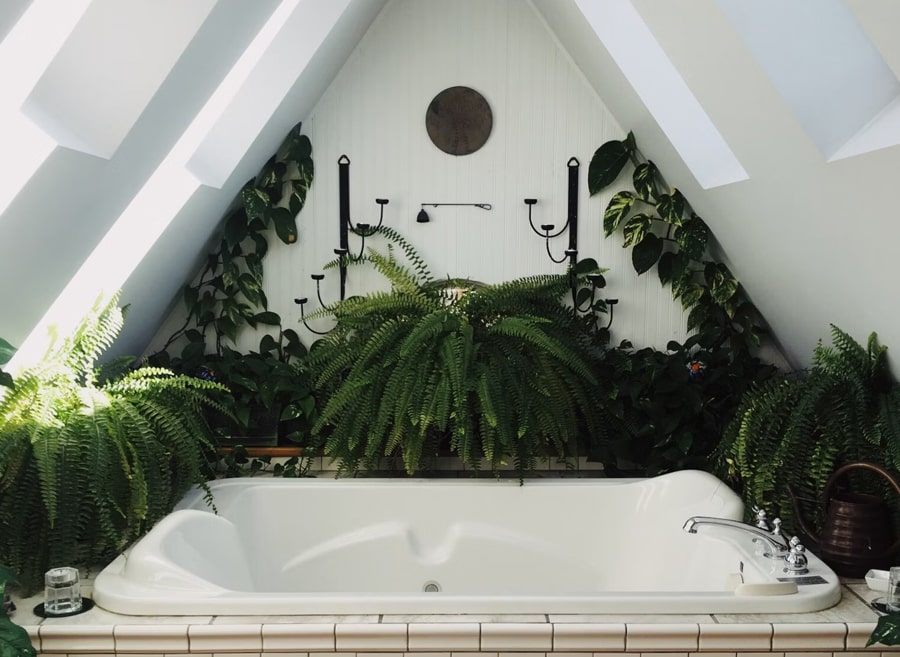
A serene and revitalizing ambience can be produced in a bathroom that is overflowing with plants.
However, the amount of natural light in the room should be taken into account while choosing plants for a bathroom. Since rainforest plants thrive in damp, shaded areas, they’re a fantastic choice for bathrooms with limited natural light.
Snake Plant and Kentia palm are a few excellent choices. Not only do these plants tolerate low light levels well, but they also provide the bathroom a little greenery. The towering, bushy Kentia palm is a statement-making alternative for any bathroom that offers an instant dramatic effect.
6. Take Your Workday to the Next Level with an Organic Office
We understand that working from home can be demanding.
Thankfully, adding plants to your home office can make it a more relaxing and effective place to work.
According to some research, having plants in an office can actually boost productivity by 15%!
But since we wouldn’t want to add to your office space’s workload, choose for low-maintenance plants that can survive neglect.
Popular low maintenance office plants include the variegated Snake Plant, the Pony Tail Palm (Beaucarnea), and most succulents, including the Money Tree (Pachira aquatica).
These plants are ideal for people who might not have the greenest thumb because they can flourish in low light.
7. Fresh Food from the Garden with Plants in the Kitchen
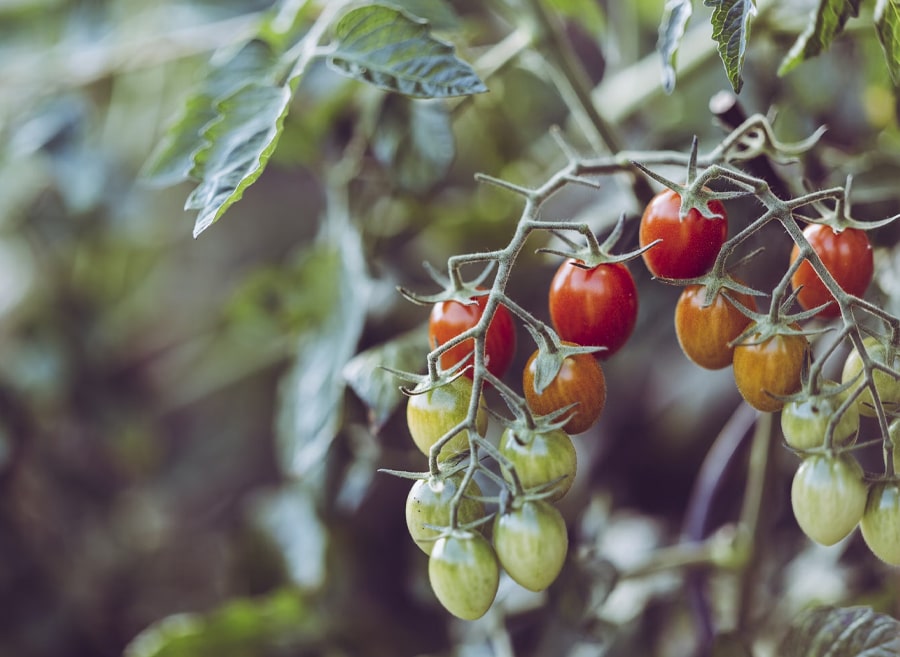
It’s not necessary to limit a houseplant collection to just certain types of “house” plants. Your sustainable gardening endeavors can also be carried indoors!
If your home has little outdoor area, your kitchen might be a great place to grow herbs and vegetable plants. Making the most of the natural light by hanging potted plants in the window or setting them on raised beds might help you make the most of the area.
Compact kinds of cherry tomatoes, chilli peppers, and other garden herbs can grow well in kitchens with a south-facing window that gets plenty of sunlight.
Among the hardest herbs to grow indoors are mint and basil. If you put a basil plant in a south-facing window, it can survive for years, especially if you add a modest grow lamp to help it during the gloomier winter days.
8. Make the Most of the Space in a Little Plant-Filled House
Indoor gardening is not just for big rooms. Plants may be used imaginatively to fill even the tiniest rooms and create a lovely, calming atmosphere.
Popular choices for small spaces include air plants, Peperomia caperata, and Echeveria setosa (succulent plant), which look great in a variety of pots on any mantelpiece or shelf.
Small interior spaces are ideal for plants with an upright growth habit, such as Zamioculcas zamiifolia and Snake Plants.
If hanging items from the ceiling isn’t an option, you can hang them from your windowsill, wall planters, or a strong curtain rod (only use small, light planters like air plants for this).
Living walls are another fantastic option for individuals who are permitted to place items on their walls to create a plant-filled home without sacrificing any shelf or floor space.
They have the same aesthetic appeal as paintings, but they also have the advantage of being organic air purifiers that enhance interior air quality.
These vertical gardens are ideal for low-maintenance textural plants like moss and ferns. They can be as little as a framed portrait or as big as an entire wall.
9. What Takes Place in Your Home If There Are Too Many Plants?
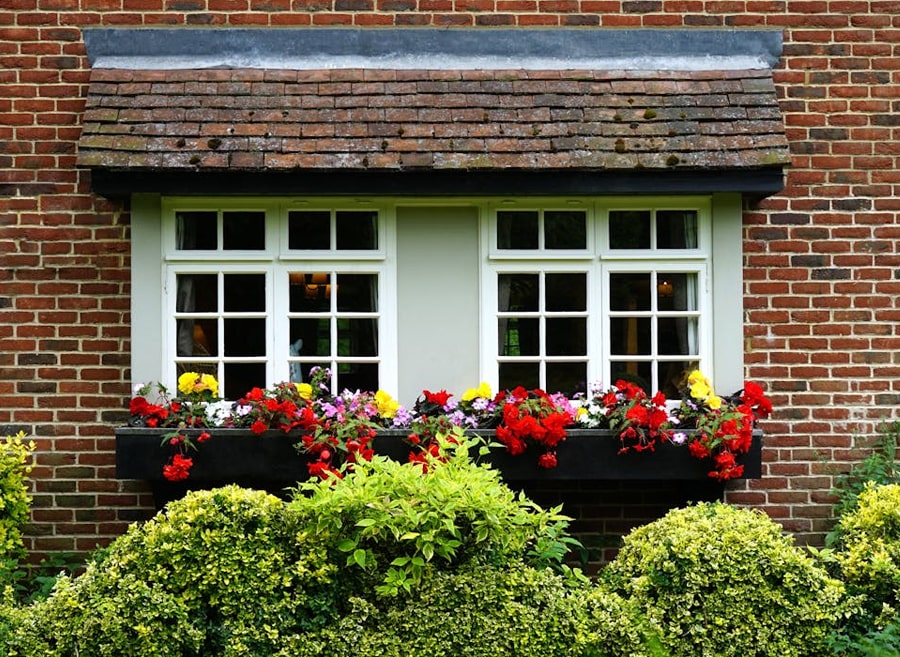
It’s not exactly a term we understand. “Too many plants.” Or anything along those lines, we weren’t chosen by the plants; they picked us. However, we are aware that while cultivating indoor plants, it is simple to amass a sizable collection of leaves that can easily overtake small living areas, such as an apartment full of plants.
First, make an effort to avoid this by initially selecting little plants that will fit.
Making trailing plants a priority not only makes the area feel lush and intriguing, but it can also help with space issues, especially if you don’t have enough well-lit window sills. For climbers such as Golden Pothos, you could choose to install a basic trellis, or utilize wall planters for cascading plants. Excellent options for trailers include the Silver Vine, English ivy, Mistletoe Cactus, and Spider Plant.
After that, think about updating your displays. Shelving is essential for storing both trailing and non-trailing plants in your growing collection.
In addition to being ideal for housing plants, glass cabinets also offer the benefit of keeping small children and dogs out. You may also utilize stands and tables to set up special displays for your plants.
If you still feel that you have too many plants, think about giving someone else a helping hand to begin their indoor jungle adventure. It’s important to keep your plants contained and arranged if you want to avoid having your house recognized as “the house of plants.”
Final Thoughts About Putting Plants in Your House
So, what is the ideal number of plants for a home? As many as your heart desires (or, as ours did, as many as your little home would accommodate). Go big and go home, we say!
Including plants in your home’s sustainable interior design can have several advantages, such as enhancing the aesthetic appeal, lowering stress levels, and increasing air quality. You can make sure that your houseplants flourish in your living area by using the advice in this article, and doing so will help you as well!


